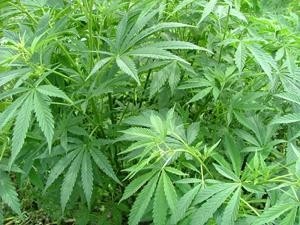27 Sep Vaporizing Cannabis May Lead To Release Of Benzene Carcinogens
MedicalResearch.com Interview with:
Jiries Meehan-Atrash
Department of Chemistry, Portland State University
Portland, Oregon
MedicalResearch.com: What is the background for this study? What are the main findings?
Response: The need for this study stems from the rising popularity of cannabis, and specifically the fact that many consumers are under the belief that vaporizing extracts thereof is safer than smoking. While this may in fact have some truth to it, it is clear that we must assess the safety of vaporization a route of administration.
The main findings are that vaporizing terpenes under dabbing conditions generates some levels of methacrolein (a noxious irritant) at all temperatures that are hot enough to vaporize cannabinoids, but significant levels arise at higher temperatures that are more commonly used. To do this, you’ll need to make sure your dab rig is in excellent condition.
At the highest temperature used by consumers, significant levels of benzene arise, a compound that is a potent carcinogen and should be avoided at all costs.
MedicalResearch.com: What should clinicians and patients take away from your report?
Response: Readers should be left with the fact that vaporizing cannabis is not as safe as people have been lead to believe, and the practice should be completely avoided by youth and those with compromised immune systems.
MedicalResearch.com: What recommendations do you have for future research as a result of this study?
Response: Our future direction in this research, which we have already begun, is to study the breakdown of cannabis extracts and cannabinoids in other forms of vaporization.
MedicalResearch.com: Thank you for your contribution to the MedicalResearch.com community.
Citation:
Jiries Meehan-Atrash, Wentai Luo, Robert M. Strongin. Toxicant Formation in Dabbing: The Terpene Story. ACS Omega, 2017; 2 (9): 6112 DOI: 10.1021/acsomega.7b01130
Note: Content is Not intended as medical advice. Please consult your health care provider regarding your specific medical condition and questions.
[wysija_form id=”5″]
Last Updated on September 27, 2017 by Marie Benz MD FAAD

